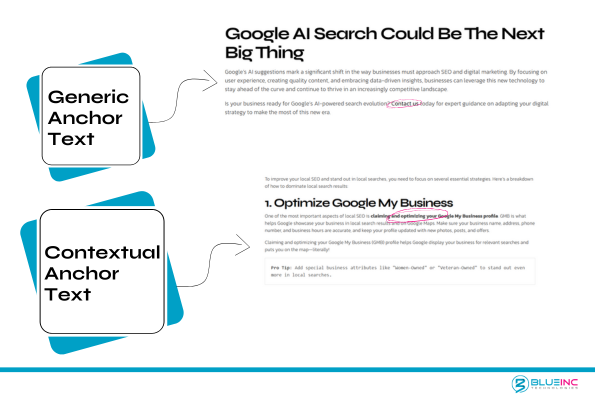
Ever wondered why some websites consistently show up on the first page of Google while others seem lost in the abyss of search results? A big part of that magic lies in backlinks. But let’s be honest—not all backlinks are created equal. Some are like VIP passes to better rankings, while others can drag your site down.
As we step into 2025, the rules of the backlink game are evolving. Search engines are getting smarter, and the bar for what makes a backlink valuable is higher than ever.
So, if you’re looking to stay ahead, it’s time to focus on quality over quantity. Let’s dive into what really separates a valuable backlink from an ordinary one.
1. Relevance Is King
Search engines now prioritize context. A backlink from a website in your industry or niche carries more weight than one from a random, unrelated site.
For example, if your business is about fitness, a link from a health blog is far more valuable than one from a general tech news site.
Key Insight: Ensure your backlinks come from websites that share topical relevance with your content.
2. Authority and Trustworthiness of the Linking Site
High-authority websites like government portals (.gov), educational institutions (.edu), and trusted industry blogs (e.g., Forbes, HubSpot) offer backlinks that signal credibility to search engines.
A backlink from a site with strong domain authority (DA) can significantly boost your rankings.
Pro Tip: Use tools like Moz or Ahrefs to check a website’s DA before pursuing backlinks.
3. Natural Anchor Text
The anchor text (which is the clickable text of a hyperlink) should be natural and relevant to the content it links to.
Over-optimized or spammy anchor texts like “Buy Cheap Shoes Online” can trigger penalties.
Example of a Good Anchor Text:
For an article on social media marketing, the phrase “strategies for social media engagement” as anchor text is natural and helpful.

4. Diversity of Link Sources
Backlink diversity shows search engines that your content appeals to a wide audience. Relying on links from a single source or type of website can appear manipulative.
Balanced Approach: Seek links from blogs, news outlets, forums, directories, social media pages, and even user-generated content platforms, but ensure they are of quality and relevance.
5. Traffic Potential of the Linking Site
Backlinks that drive real traffic are gold. A link from a high-traffic site not only boosts SEO but also brings potential customers directly to your page.
Pro Tip: Prioritize backlinks from websites your target audience visits regularly.
6. Placement of the Backlink
Where your backlink appears on a webpage matters. Links embedded naturally within the content (called contextual links) carry more value than those buried in footers, sidebars, unrelated sections, or those with generic anchor texts.
7. Link Freshness and Recency
Search engines consider how recently a page containing your backlink was updated. Regularly updated content with your backlink signals will signal to search engines that your content is relevant and timely.
Strategy: Build backlinks from websites with active editorial calendars.
8. Avoiding Spammy and Toxic Links
Backlinks from spammy websites or those with dubious practices (e.g., link farms) can harm your SEO efforts.
Regularly audit your backlink profile using tools like SEMrush to disavow toxic links.
Focus on Quality, Not Quantity
In 2025, a valuable backlink isn’t just about where it comes from; it’s also about its relevance, authority, and ability to drive engagement.
Shifting your focus to quality backlinks will ensure that you have long-term success in your SEO efforts.



